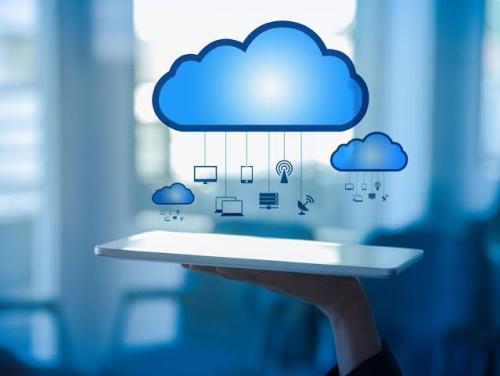What do you mean by Cloud Computing?

Multitenancy in Cloud Computing
This article
will briefly discuss the essential topic, Multitenancy in Cloud Computing.
What do you mean by Cloud Computing?
Cloud
computing can be considered one of the most critical and recent inventions to
store a large amount of data that can be retrieved easily whenever any
particular organization requires it.
Cloud
computing is the most advanced form of technology that uses remote servers on
the internet to perform the following operations: storing, managing, and accessing
the data effectively and efficiently without any difficulties is only termed
Cloud Computing.
The
Operations that can be performed using the cloud computing are as follows:
i.
Networking.
ii.
Software
Applications.
iii.
Security.
iv.
Data
Storage.
v.
Business
Intelligence.
vi. And many more etc.
What do you understand by
Multitenancy?
Multitenancy:
Multitenancy in cloud computing is usually defined as a particular form of cloud architecture where multiple numbers of clients of a single cloud vendor are used to share the same computing resources effectively and efficiently.
Still,
the clients using the same computing resources are pretty unaware of the
sharing done between the two clients, and the sharing usually means effectively
sharing the software resources. Multitenancy is usually considered an essential
part of cloud computing; cloud services cannot be defined more practically
without Multitenancy.
In this,
every client is known as a tenant. In Multitenancy, the tenants have some
control over the customization for the particular shared resources, which
generally includes the following things to be done by the tenants that are as
follows:
· Tenants are usually responsible for
controlling which particular users can access the shared resources.
· And also responsible for how the
application looks and feels.
· They are not responsible for the
customization of the code.
· And many more etc.
Example:
The working of the Multitenancy is quite similar to the working of the particular local bank where as usual the customer of that particular local bank used to deposit their cash in the respective bank for security and many more etc.,
the advantage of depositing the cash over the bank by the customer is
that they have the private account and other customers have no authorization to
the bank account of other customers through every customer have their account
in the same bank in the same way the Multitenancy also works- one bank many
customers (clients).
Degree in the Multitenancy
In general, the Multitenancy usually comes in the three degrees they are
as follows:
· Low: In the
Low degree, IaaS and PaaS are multi-tenant, whereas the SaaS is single-tenant.
· Middle: In the
Middle degree, the IaaS and PaaS are multi-tenant, and the small SaaS clusters
are multi-tenant.
· High: To a
High degree, the IaaS, PaaS, and SaaS are considered fully multi-tenant.
Benefits of using Multitenancy:
There are various uses the Multitenancy that make cloud computing quite
compatible and make its existence in the growing technology. Some of the
benefits of the Multitenancy are as follows:
1) Better use of resources: Better use of the resources is usually considered one of the
most important benefits of the Multitenancy because the single-tenant cannot
use one machine. Similarly, all the resources cannot be fully utilized by a
particular single tenant, so it is essential to make the system available for
all the tenants so that every tenant fully utilizes all the resources in the
best possible manner.
2) Lower Cost: Another
most important benefit of using the Multitenancy is none other than the lower
cost the means with the concept or with the technology of the Multitenancy, a
cloud vendor can offer the use of their services to the multiple clients at the
same time though reducing the cost of having more cloud vendor for the
different-different customer.
3) Can be easily scalable: Another most important benefit of using the Multitenancy is that
it offers the advantage to the client of adding and removing the resources as
per the requirement of the particular client. This can be perfectly flexible for
organizations growing fast but quite unpredictable.
Drawbacks of Multitenancy
With some benefits, the Multitenancy is entirely encapsulated with the
drawbacks too, which may include:
1) Possible security risks and compliance issues:
One of the drawbacks of
using Multitenancy is the security issue, as some of the data can be accessed
by a third party. This breach occurred due to a faulty or accident, which may
include a system malfunctioning or a bug in the software that might expose the
data very frequently.
2) More Complex In nature:
Multitenancy is quite
complex and complicated as far as concerned with a single tenancy.
3) Less Flexibility in Apps:
Another essential
drawback of the Multitenancy is the less flexibility in the apps, which means
the shared applications tend to be less flexible compared to other apps
provided by the other tenant.

Comments